What Can Consumers Do Against Counterfeit Products
![]()
Counterfeits are goods intended to trick consumers who rely on reputable brand names. Every brand desires to protect its consumers from harm, but how can consumers help to address this challenge? Find out more in this article.
Some consumers are tricked into thinking that they have come across a good deal of bargain online. These deals may most likely be illegal products that do not adhere to regulatory requirements for health, safety, certification, or intellectual property rights.
In this article, the consumer is informed about the hazards of buying counterfeit products online, intentionally or not. A fake product means the product looks and sometimes feels like the original, but is made without the consent of the manufacturer, violating Intellectual Property Rights.
The Issue with Counterfeit Products
Counterfeit products have been an issue for such a long time now. Recently, fake products have been rampant, especially with the rise of the digital era, where technology comes in handy. Technology is necessary in the modern world, but it also carries some issues and setbacks, including the spread of counterfeits.
Technology makes it relatively simple for counterfeiters to forge original products and sell them like pancakes online. The internet makes it possible for unscrupulous individuals to sell and distribute these fake products fast. Many counterfeits are flooding most popular online stores and third-party selling websites. With the popularity and convenience of online selling and in many cases, the anonymity of sellers, we are facing severe obstacles.
Why Make Fake Products?
People without scruples can get into the counterfeit business for a little cost, and it’s a highly profitable business. They don’t go through the government regulatory process and merely imitate a genuine product that has gone through a process and high-quality checks. Yet the business of counterfeits makes a lot of money because more often than not, the items are sold at a relatively cheap price.
How Can Counterfeit Products be Stopped?
Constant Monitoring
This may seem like an overwhelming chore, but constant monitoring of sites for counterfeit products is an effective way to try and help halt the distribution of fake products. You can search for the name of the product and the image. Most likely, several counterfeit products appear on the sites. Most manufacturers place authenticity marks on their products and packaging so it is best to familiarize yourself with these indicators.
Report Counterfeit Goods to the Brand/Company
You can help stop the distribution and selling of counterfeit products by reporting or notifying what you saw or encountered with the brand. Legitimate brands usually have websites or other contact information where you can raise your complaints. When a brand finds that its product is being produced in the counterfeit world, it will take the necessary legal action. Through its legal department, a brand can send a notice to stop selling or making the counterfeit product or sue the violators. These violations also carry heavy penalties.
Get in Touch with Government or Federal Regulators
Consumers can definitely submit a complaint to their state consumer protection agency; you can also report online vendor counterfeits to other state consumer regulators such as STOPfakes.gov, among others.
Letting officials know about the fake products might help create a broader crackdown, which would, in turn, make e-commerce shopping safer for all consumers. Your tip through a simple phone call or the email may turn out to be a big help to legitimate businesses.
Reach Out to the Vendor
If you receive an item to be a fake, the first step is to notify the seller that the item is fake. Taking photos of the fake product will definitely be helpful. You can give the vendor the benefit of the doubt as he or she might not have known, too, that the product is a fake. The vendor may give you a refund and report the fake product to authorities, as well.
However, if the seller denies selling a counterfeit and refuses to give you a refund, or doesn’t respond at all, escalate your complaint. Should you have made your purchase from an online marketplace, you can report the third-party seller and make a complaint and demand a refund. Both these reputable online stores shall investigate bogus claims and shall have the capability to suspend the vendor from their site if the latter is found to be selling fakes after careful deliberations.
Conclusion
The possible harm and risks from counterfeit goods and the bogus websites selling them is profound. Consumers must be protected from spending money on counterfeit products.
Fake products are often low-quality. Counterfeit electrical devices are often very risky since these do not go through the same vigorous safety and quality checks as legitimate items. Likewise, counterfeit essentials such as medicines and food do not pass the same health and safety procedures as authentic items. What’s worse, these could be fatal.
Consumers should avoid these scams. If you are suspicious of people who might be involved in the illegal sale or trade of counterfeit goods or knockoffs, report them immediately to authorities or legitimate groups through the hotlines in your area. If you come across a fake BIDI® Stick, for instance, you can send an email to support@bidivapor.com.


